In Photos: Ancient Killer Whale Geoglyph in Peru
A rediscovery
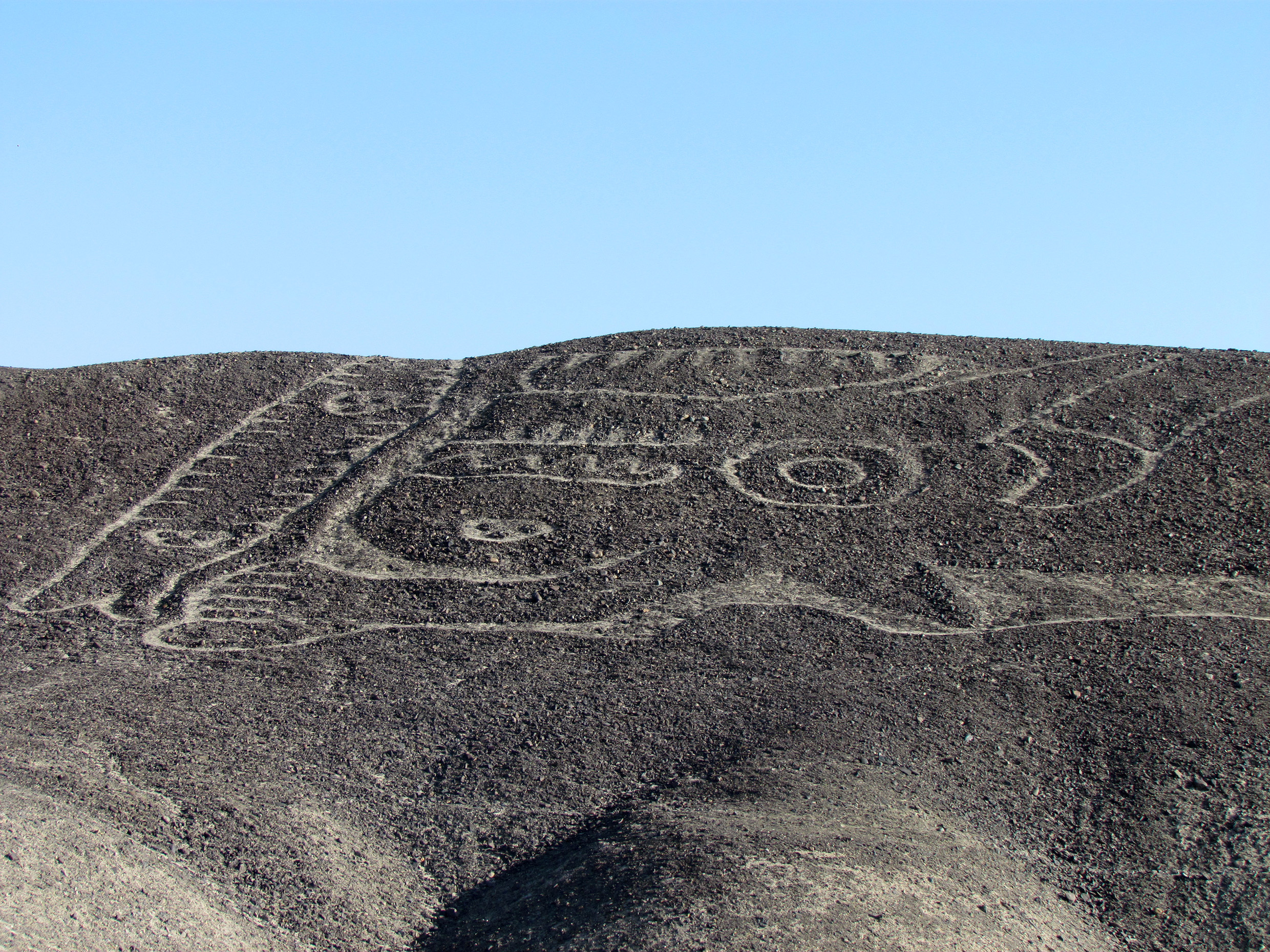
An ancient geoglyph, or ground drawing, of an orca or killer whale has been rediscovered on a desert hillside the Palpa region of southern Peru.
Although the orca was spotted by German archaeologists in the 1960s, its exact whereabouts were unrecorded and it was effectively unknown to local people and archaeologists until 2015.
Popular regions
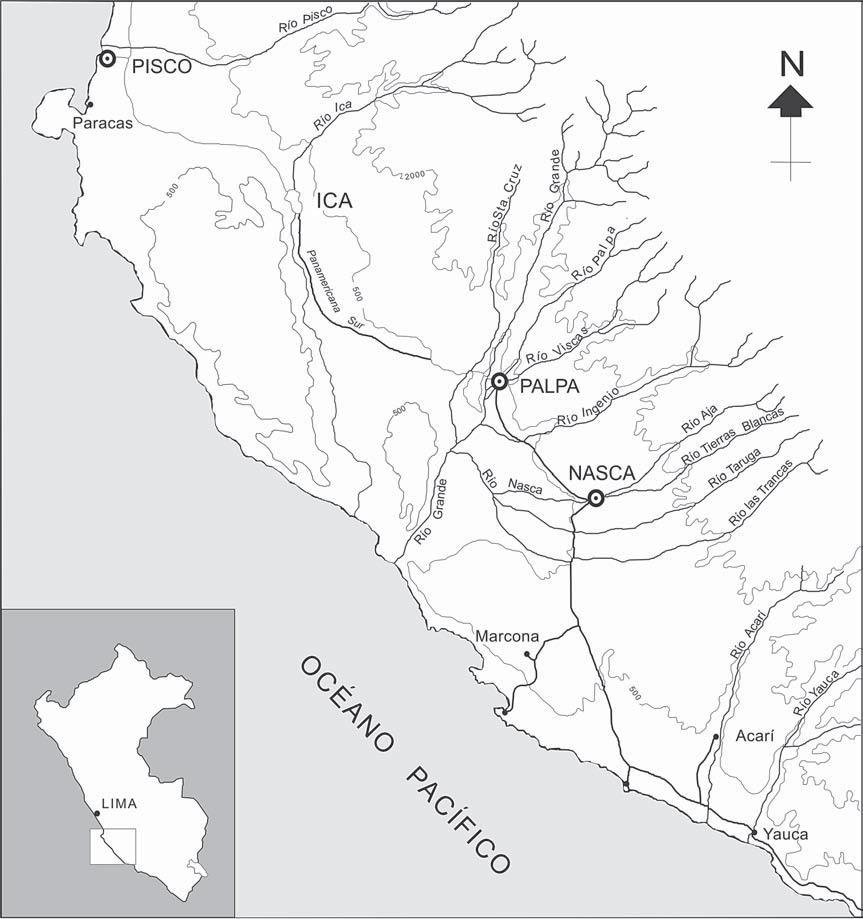
The Palpa Valley and the neighboring Nazca Valley are located on the edge of the Atacama Desert in southwestern Peru, about 250 miles (400 kilometers) south of the capital Lima.
Both regions contain large desert areas that are renowned for their many ancient geoglyphs, spread over an area of hundreds of square miles, which include gigantic animal figures, long straight lines and geometrical figures.
Take a close look
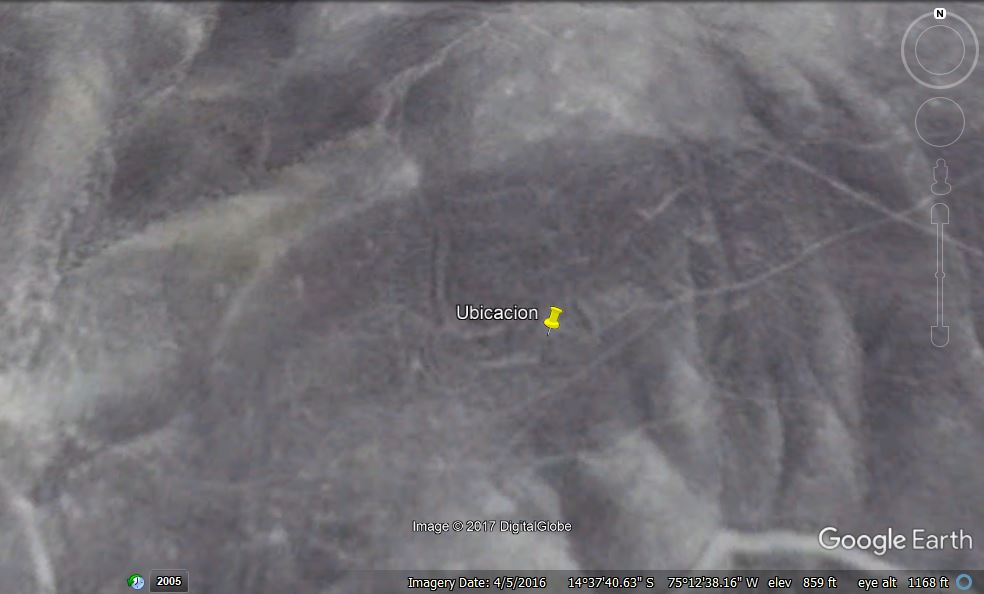
In 2013 archaeologist Johny Isla, then with the Andean Institute of Archaeological Studies, saw a photograph of the orca geoglyph while researching German archaeological studies of the region from the 1960s.
He started looking for possible sites of the orca geoglyph on Google Earth, and then spent months searching the area on foot.
This Google Earth image shows the orca geoglyph site from above as it was in 2005. The figure is almost invisible to untrained eyes.
Time and nature
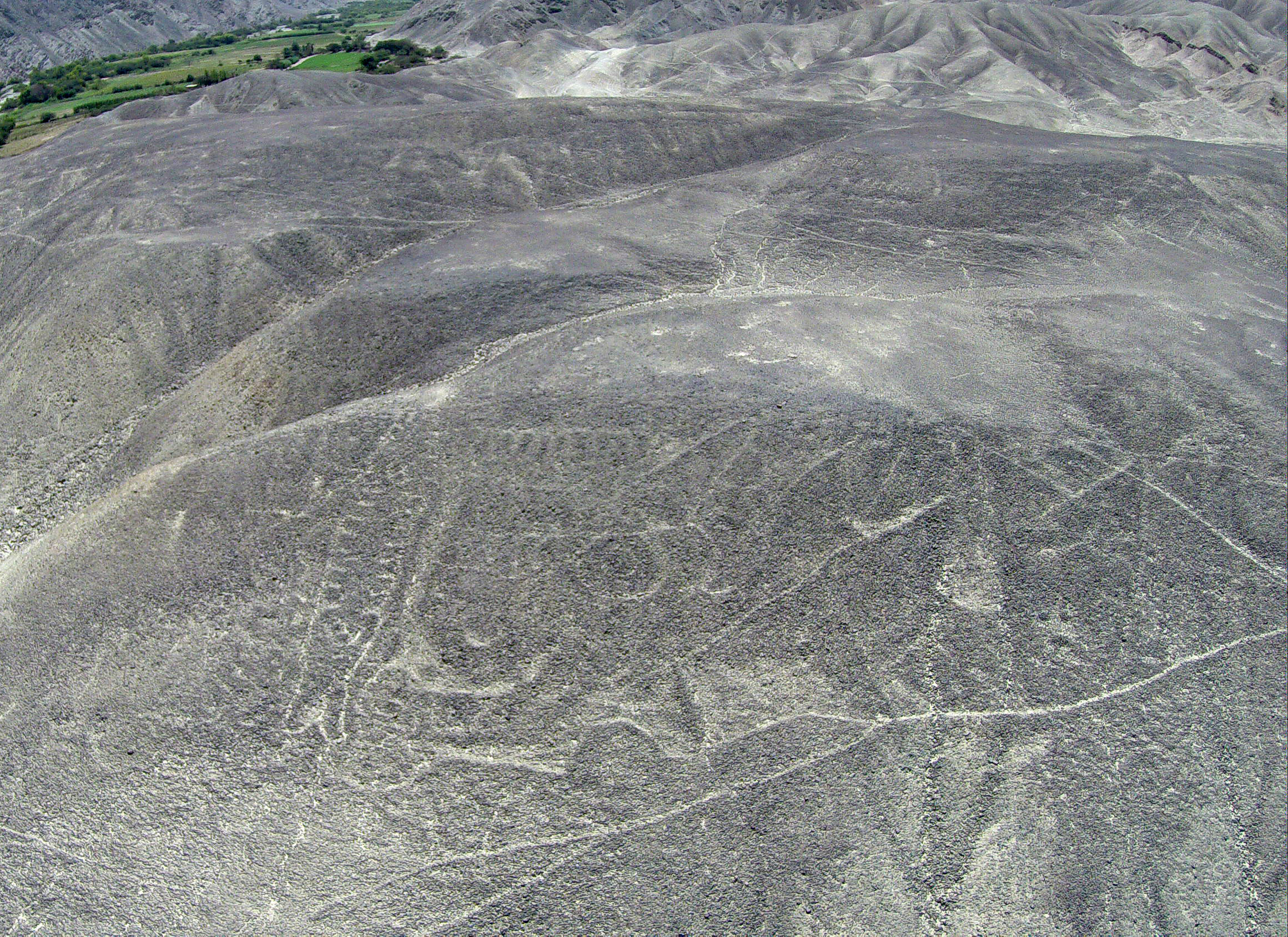
Isla finally found the orca geoglyph in January 2015, although time and erosion made it difficult to see at first.
This aerial drone image shows the orca geoglyph before restoration work was carried out at the site this year.
Restoration in progress
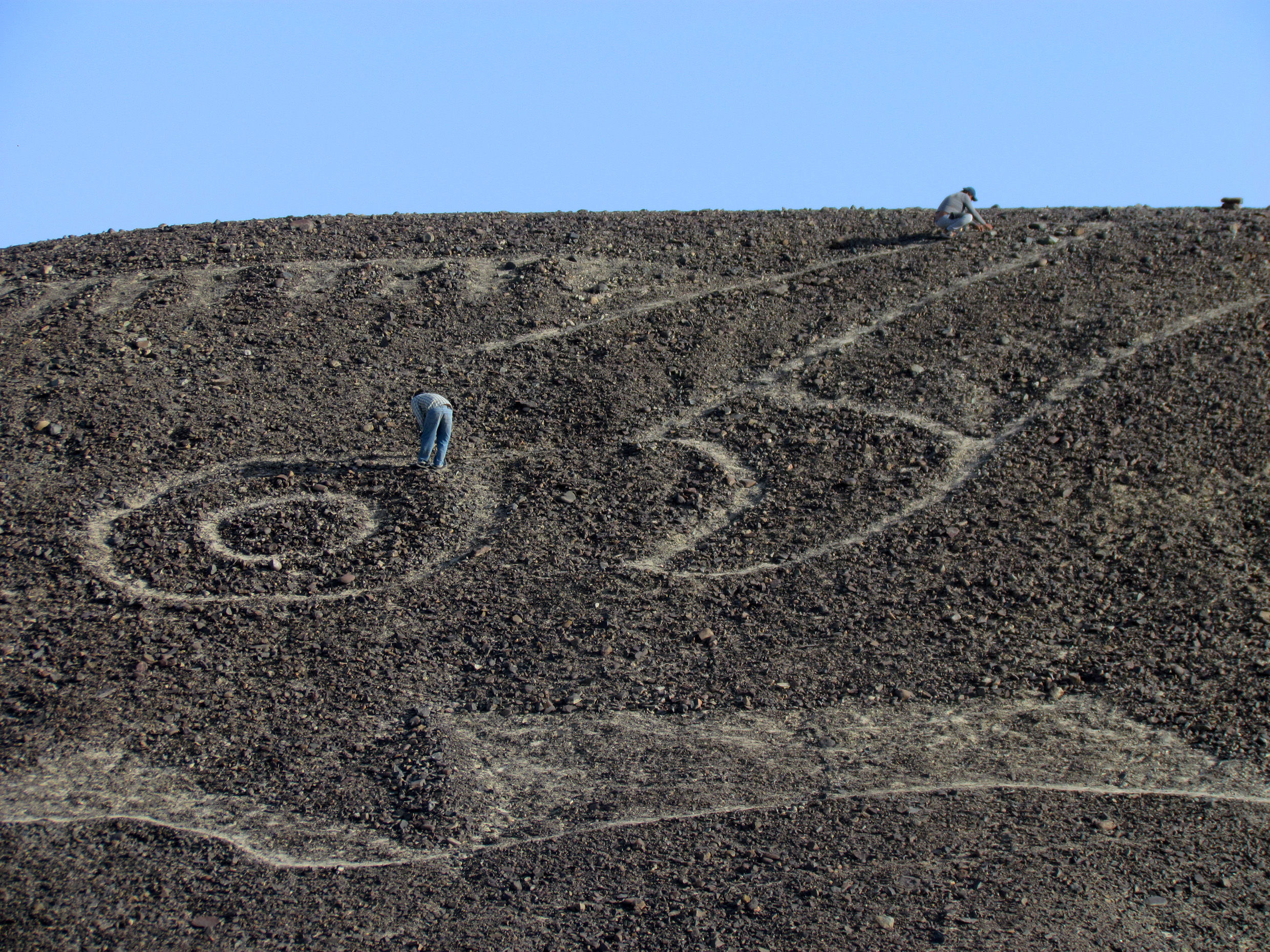
Isla now heads the Ministry of Culture in Peru’s Ica province, which includes the Palpa and Nazca regions.
In March and April of this year he led a team of six specialists from the ministry to restore the long-neglected orca geoglyph.
An ancient piece
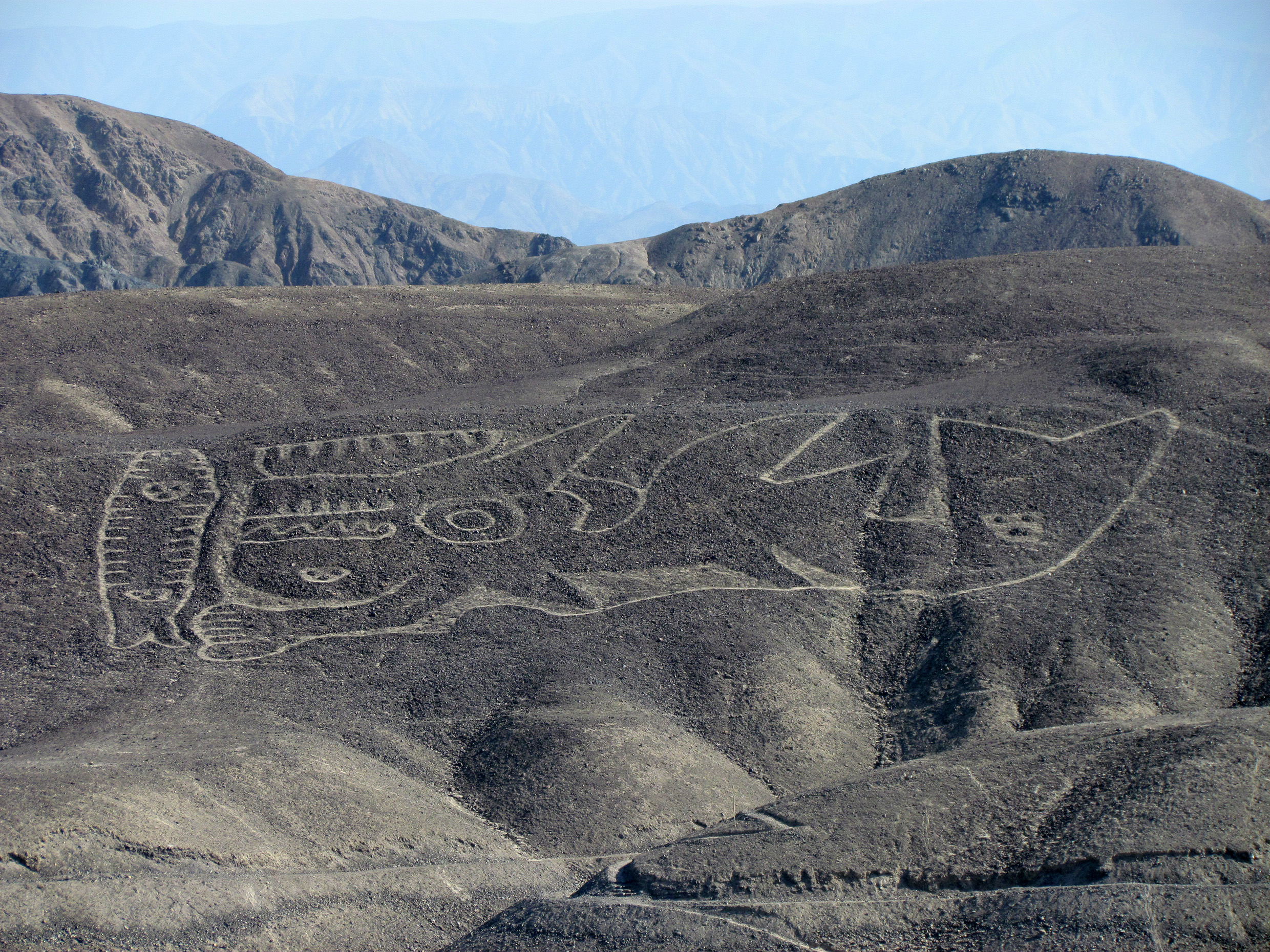
Isla thinks the orca geoglyph may be one of the oldest in the entire region.
Soil samples indicate that it dates from around 200 BC, at the time of the Paracas culture – predecessors to the Nazca culture who later created many of the geoglyphs in the region.
Bits and parts
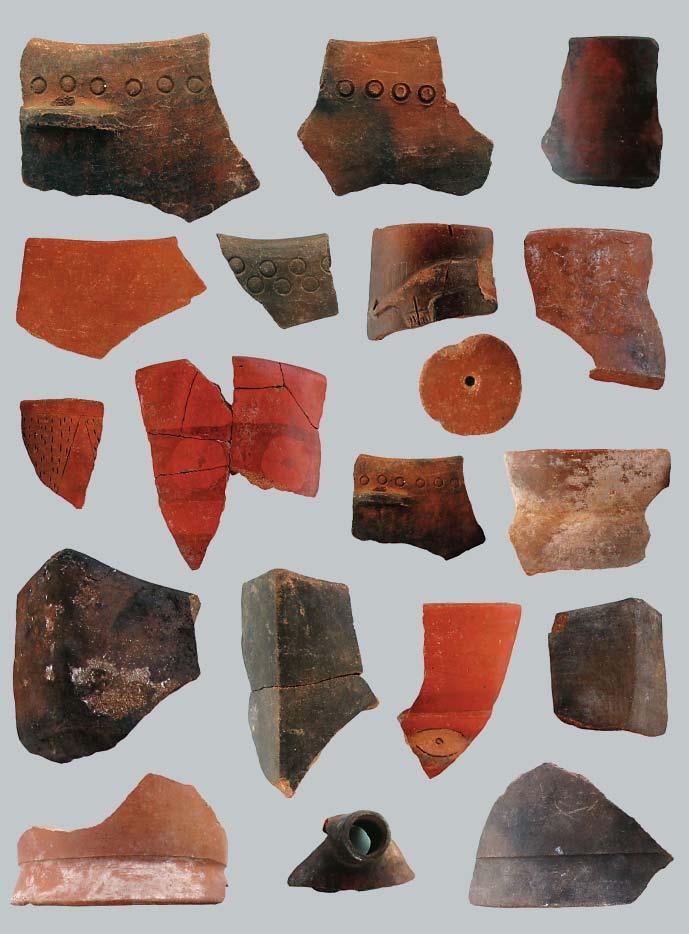
Paracas society, which dominated the region from around 800 BC to 100 BC, was theocratic (ruled by religious leaders or priests) and based on an agricultural economy, Isla says.
The Paracas people also made important developments in the production of ceramics (shown here) and textiles, he says.
Sign up for the Live Science daily newsletter now
Get the world’s most fascinating discoveries delivered straight to your inbox.
Several discoveries
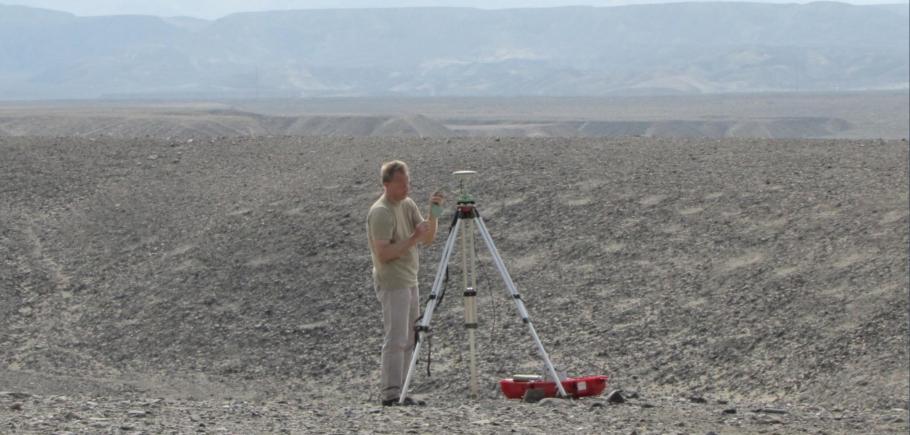
Isla and his colleague, the German archaeologist Markus Reindel, began exploring the Palpa region in the 1990s.
Since then they have found and documented around 1000 geoglyphs.
Regional creations
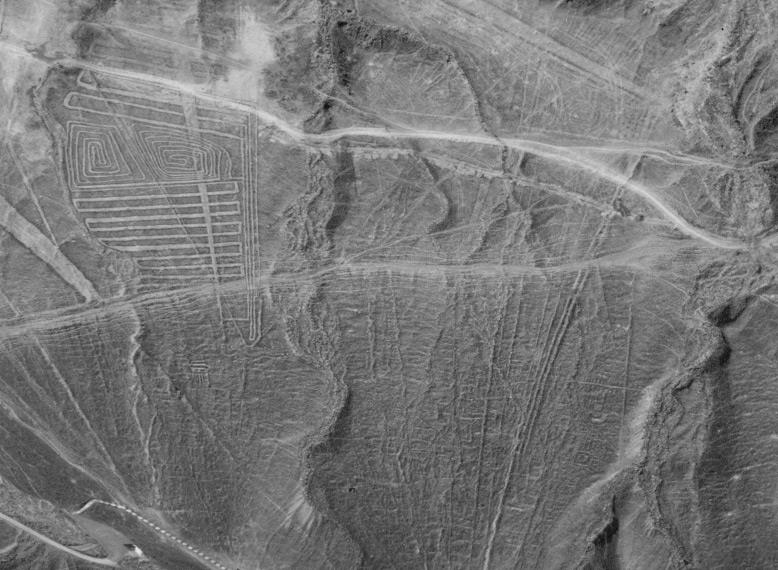
Notable geoglyphs in the region include this complex of patterns referred to as the “Solar Clock” (Reloj solar), which includes geometric shapes and anthropomorphic figures
More to see
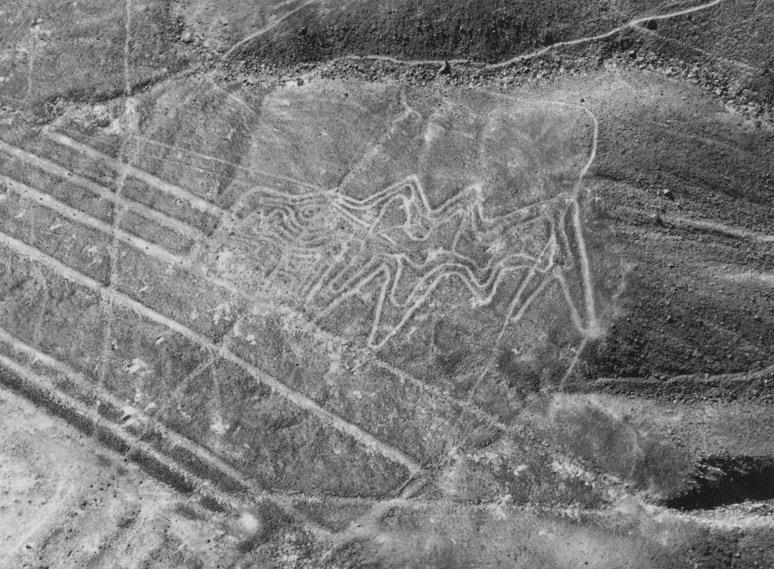
There is also at least one other whale geoglyph in the Palpa region, in a different style to the orca geoglyph rediscovered by Isla in 2015.
Tom Metcalfe is a freelance journalist and regular Live Science contributor who is based in London in the United Kingdom. Tom writes mainly about science, space, archaeology, the Earth and the oceans. He has also written for the BBC, NBC News, National Geographic, Scientific American, Air & Space, and many others.










